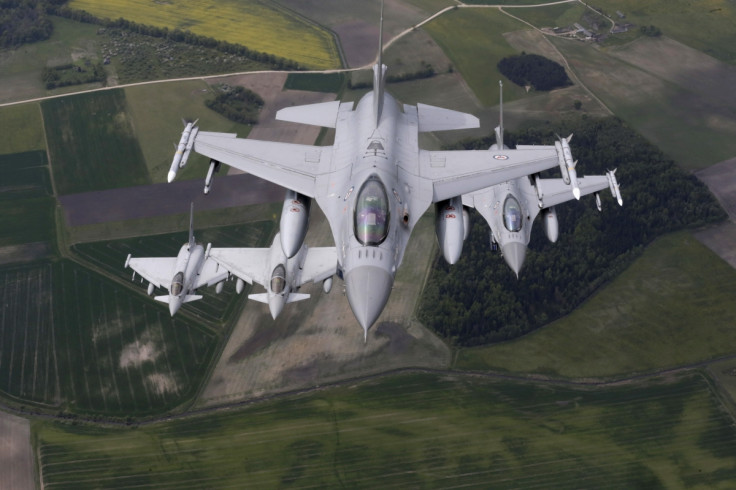F-16 jets in to help Norwegian doctors save dying patient

Norwegian doctors called on an F-16 fighter jet to deliver specialised medical equipment to help save a critically ill patient's life. The Nordic country's armed forces were happy to oblige and the life-saving machine was rushed 280 miles (450km) north to a hospital located in the town of Bodø from Trondheim.
The patient required a lung and heart procedure known as extracorporeal membrane oxygenation (ECMO). Doctors were concerned that the man would die before the equipment could be delivered, as it would have taken a car hours to cover the distance.
But hospital staff contacted an air base near Trondheim to ask if a fighter jet could transport the equipment. The Royal Norwegian Air Force (RNAF) sprang into action, delivering the machine in less than 30 minutes.
"They didn't ask any questions, except for what size the machine was," the chief doctor at Trondheim's Saint Olaf hospital, Anders Wetting Carlsen, told AFP.
Supersonic delivery
Speaking to a local TV station, Lieutenant Colonel Børge 'Gaff' Kleppe, leader of the 338 Squadron and F-16 veteran said: "It's good to be able to help civil society in this way. And when it became clear that it had such an outcome, it gives an extra good feeling."
The army official said that the hospital was in luck, as two flights were bound for nearby Moss on an exercise. He added that the hospital's cry for help came just in time as the planes would have already departed had the call been received a few minutes later.
"One of them [F-16s] had even a cargo tank where there might be room. I called and asked them to keep [back] one plane, while we checked on it [for] all the possible places which could accommodate the machine," the Independent quoted Lieutenant Colonel Kleppe as saying.
"Usually, we spend about 35 minutes in flight," he added. "But because of the special cargo, the pilot gave a little extra, so he was there in less than 25 minutes."
Military helping society
Doctors thanked the air force for coming to the patient's aid without a second thought. "We are very grateful for the help we received from the armed forces. It was clearly vital for the patient to get the machine," said Kristian Barnes, clinic director at the heart and lung clinic at the University Hospital of Tromsø, where the patient was later transferred.
"Defence [the military] often helps in many situations when civil society needs it, but such a direct parallel to something like this, is something I have never experienced before. It's also very rare that we have to borrow equipment on such short notice from another hospital, it is extraordinary," Barnes added.
© Copyright IBTimes 2024. All rights reserved.






